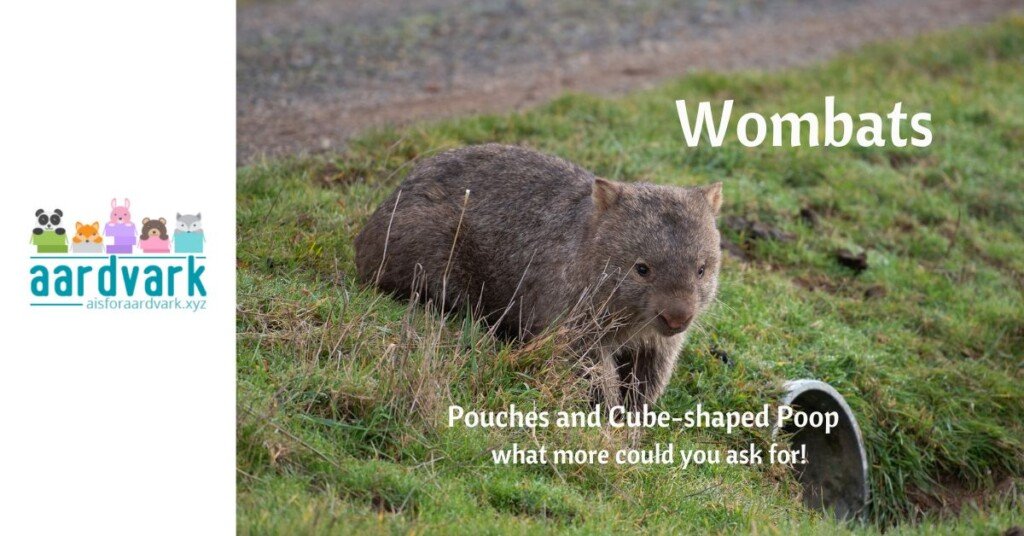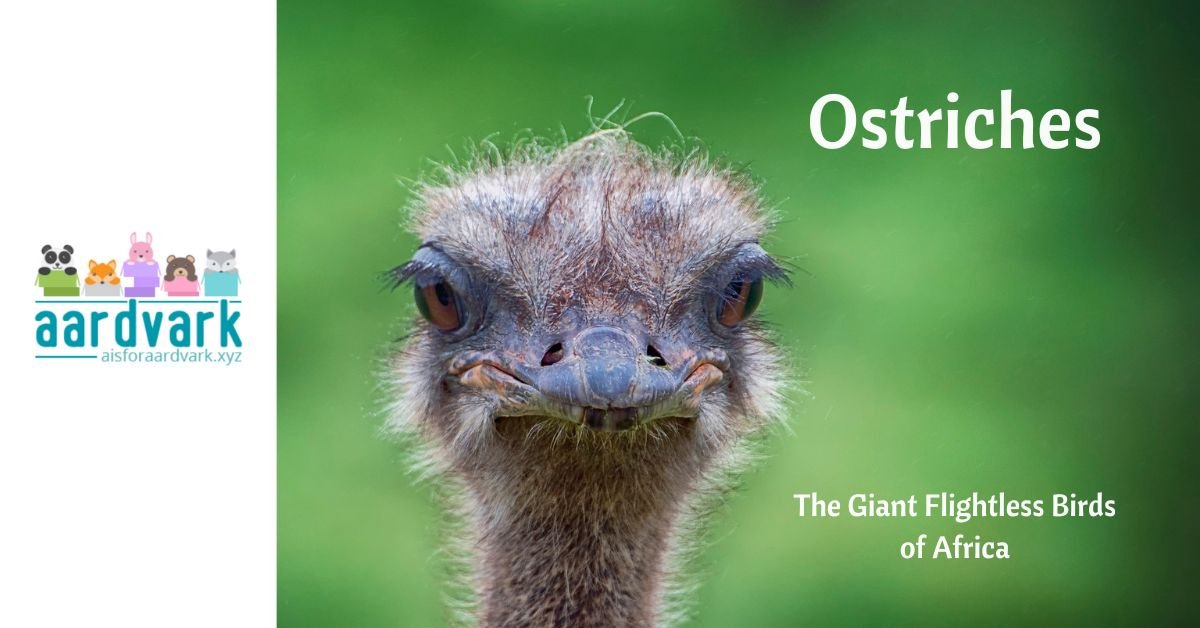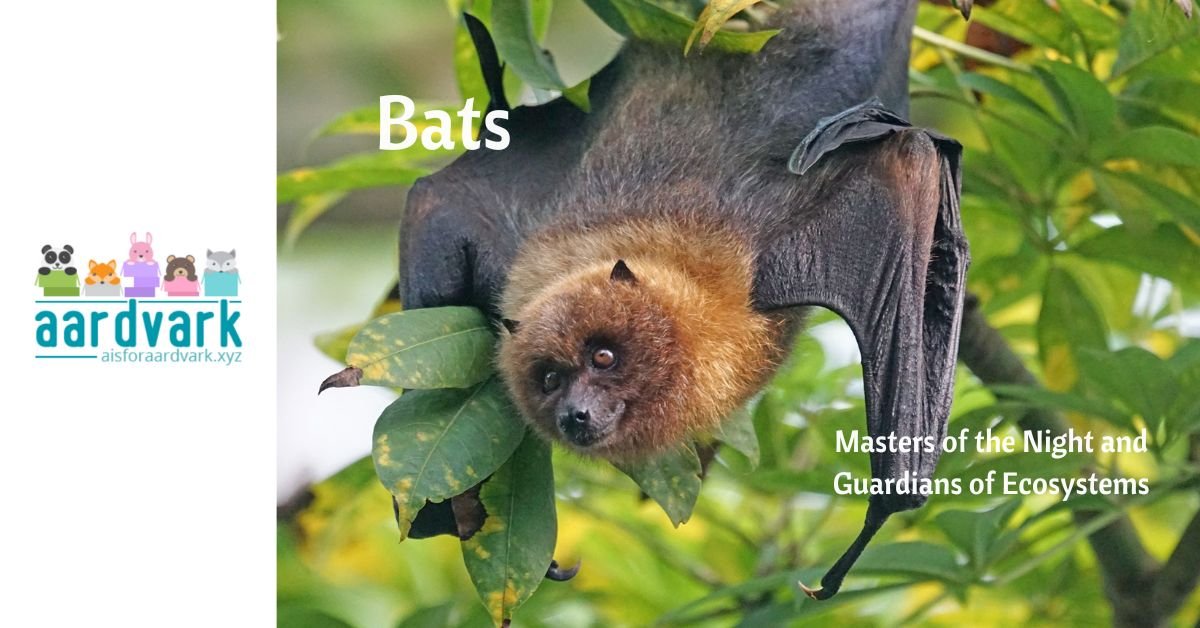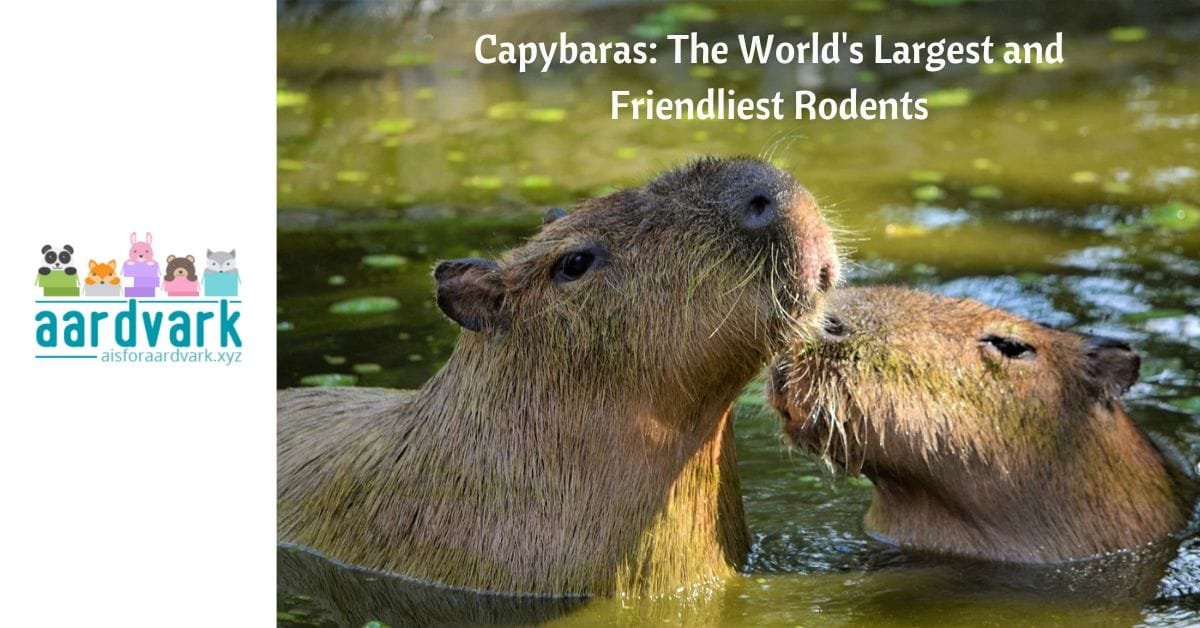Wombats are burrowing marsupials native to Australia. They are known for their distinctive waddle and tenacious digging abilities, but more than anything, they’re famous for their cube-shaped poop!
These fascinating creatures have many adaptations that make them well-suited to life underground. Amazingly, the pouches where the females nurture their young face backward in this creature!
They also play a vital role in their ecosystems, aerating the soil by digging and maintaining habitats for other species through their extensive burrows.
Taxonomy and Species Diversity
Wombats belong to the family Vombatidae and are represented by three distinct species: the common wombat (Vombatus ursinus), the southern hairy-nosed wombat (Lasiorhinus latifrons), and the critically endangered northern hairy-nosed wombat (Lasiorhinus krefftii).
Physical Characteristics of Wombats
Wombats are sturdy, stocky marsupials with short legs and broad heads. Adult wombats typically weigh between 20 and 35 kilograms (44 to 77 pounds). They measure around 1 meter (3.3 feet) in length.
Their dense fur ranges in color from sandy brown to dark gray, depending on the species and their habitat.
The backward-facing pouch is not just an accident; it prevents dirt from entering while digging.
Additionally, wombats have a tough, cartilage-reinforced rump that they use as a defense mechanism against predators. They shove their rears up against burrow entrances to protect themselves!
Habitat and Distribution
Wombats are adapted to Australia’s diverse landscapes, occupying environments that range from temperate forests to arid grasslands and semi-arid scrublands. The common wombat is found in the cooler regions of southeastern Australia and Tasmania, preferring forested and hilly areas with plenty of vegetation for grazing. The southern hairy-nosed wombat thrives in drier, open plains and scrublands of South Australia, while the critically endangered northern hairy-nosed wombat inhabits just a single location: the Epping Forest National Park in Queensland.
Although they’re similar in many ways, each species also has unique traits. They also face varying levels of conservation concern.
Wombats are excellent burrowers, creating extensive underground systems that provide shelter from predators and the extreme Australian climate. They often share their burrows with other animals.
Their digging contributes positively to their ecosystems by aerating the soil and creating habitats for smaller species.
Wombats can adapt to a variety of conditions, but they still face the threats of habitat destruction and fragmentation.
Diet and Feeding Habits
Wombats are herbivores. They feed primarily on grasses, roots, bark, and other native vegetation. Their diet varies depending on the availability of food in their environment. The common wombat favors lush grasses, but the hairy-nosed wombats often rely on tougher, dry vegetation in arid regions.
Wombat teeth are similar to those of rodents. They grow continuously, allowing them to chew through fibrous plants without wearing down their teeth.
A unique feature of wombats is their exceptionally slow metabolism. This helps them conserve energy and survive on low-nutrition food sources. This adaptation is particularly beneficial in arid areas where vegetation may be scarce.
Wombats often graze during the night, taking advantage of cooler temperatures to minimize water loss and avoid predators.
Behavior and Burrowing Lifestyle
Wombats’ burrowing behavior is one of their most defining traits. Using their powerful claws and sturdy limbs, they dig extensive tunnel systems that can reach lengths of up to 30 meters (98 feet). These burrows provide shelter from predators and the harsh Australian climate. Since the burrows are underground, they have a relatively stable internal temperature regardless of external conditions.
Socially, wombats are generally solitary animals, though their territories may overlap. They communicate through vocalizations, scent markings, and unique behaviors such as stomping the ground to signal threats.
The Mystery of Cube-Shaped Poop
One of the most fascinating and unique features of wombats is their cube-shaped poop. Unlike other animals’ rounded or irregular droppings, wombats produce feces with flat, angular sides. Scientists believe this peculiar shape serves an important purpose: it helps prevent the droppings from rolling away. Wombats use their poop to mark territory and communicate with others, often placing it on rocks or logs to maximize visibility.
The formation of cube-shaped poop seems to occur within the final sections of the wombat’s intestines. As food material moves through their long digestive tract—a process that can take up to 80 hours—water is reabsorbed, and the material becomes extremely dense. The walls of the intestines stretch and compress the feces unevenly, creating the characteristic cube shapes. This adaptation is a quirky yet practical aspect of wombat biology, helping them thrive in their environments.
Conservation Status and Threats
Wombats hold a special place in Australian culture, frequently appearing in folklore, literature, and children’s media. Still, they often face challenges in areas where their habitats overlap with human settlements. They can damage crops or burrow under fences, leading to conflicts with farmers. They’re also vulnerable to road accidents and diseases like mange, which can devastate populations.
Efforts to mitigate these challenges include public education, habitat restoration, and wildlife corridors to reduce road fatalities. Conservation programs, particularly for the critically endangered northern hairy-nosed wombat, focus on habitat protection and population monitoring. These initiatives aim to ensure that wombats continue to thrive while fostering coexistence with humans.
The common wombat is relatively stable in terms of population, but the southern and northern hairy-nosed wombats face more significant challenges. Habitat destruction due to agriculture, urban development, and mining has reduced their living space. The northern hairy-nosed wombat, in particular, has a highly restricted range and is critically endangered. There are fewer than 300 individuals remaining in the wild.
Conservation programs include the establishment of protected areas such as the Epping Forest National Park and captive breeding programs. Continued efforts to address threats like habitat loss, disease, and climate change are essential for ensuring the survival of all wombat species.
Wombats are remarkable marsupials that play a crucial role in their ecosystems. Their burrowing habits contribute to soil health, and their resilience in challenging environments showcases their adaptability. However, wombats face numerous threats that require ongoing conservation efforts. By protecting these unique animals and their habitats, we ensure that wombats remain a cherished part of Australia’s wildlife for generations to come.







